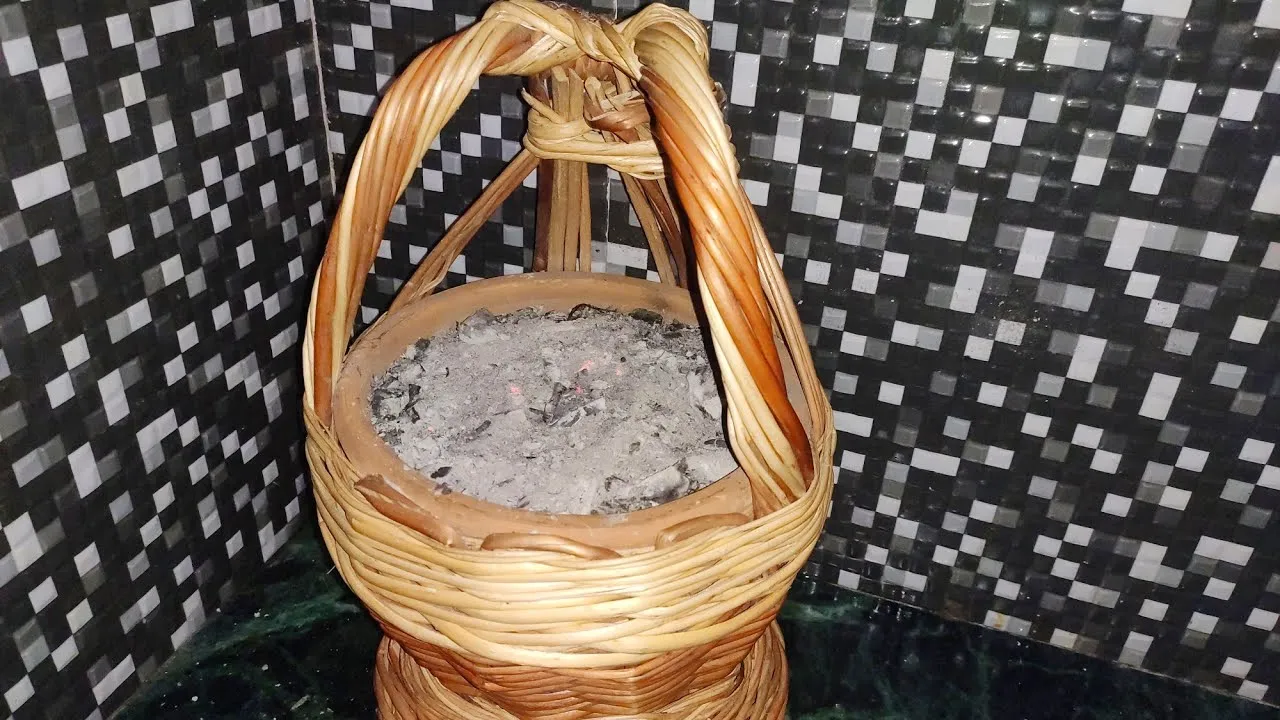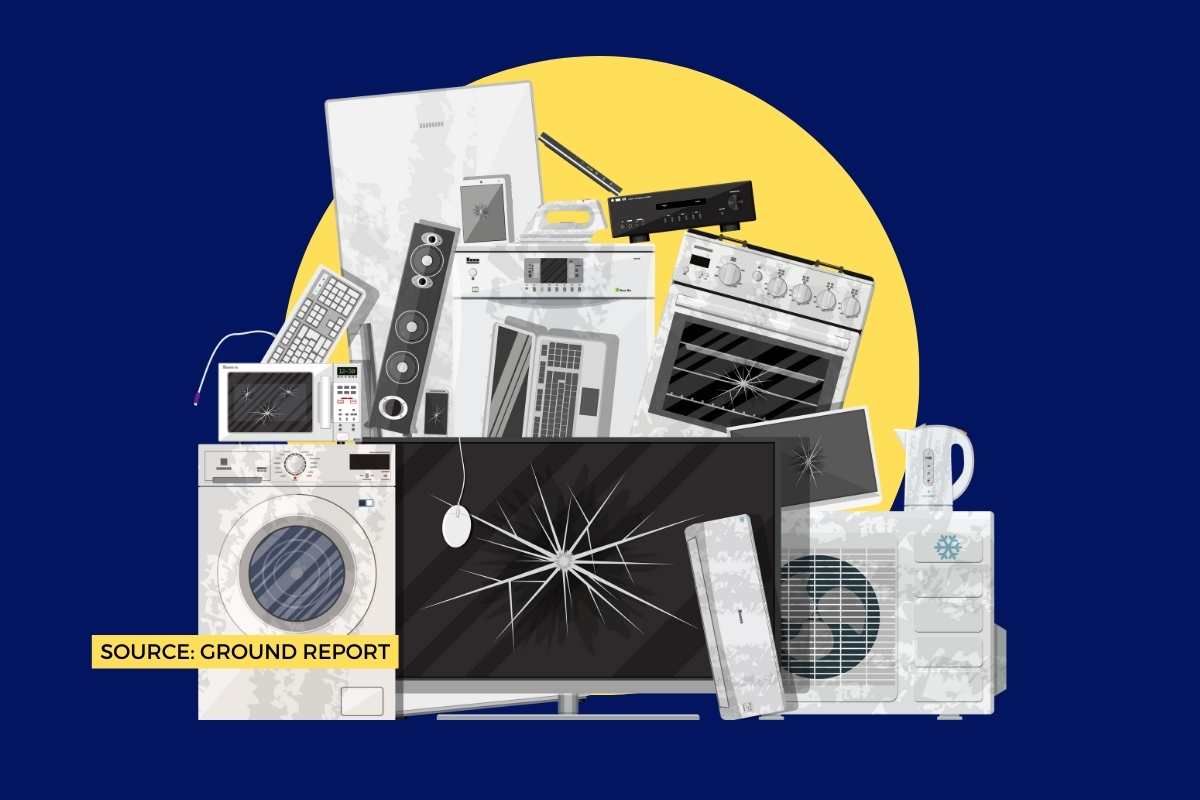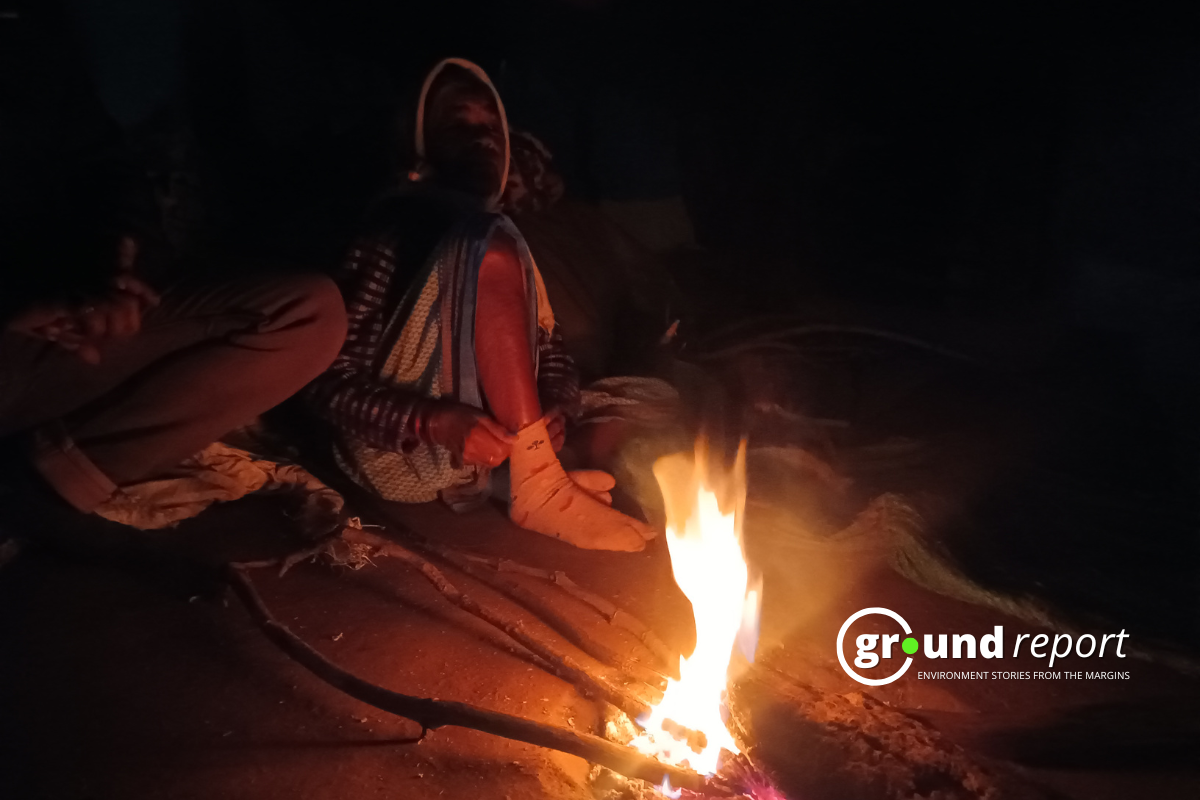In most parts of the country, people take measures like burning a heater or a fire to avoid the cold but do you know what Kashmir people do to avoid cold. Kashmir people use Kangri baskets to keep their bodies warm in winter. Kangri has been used a lot to avoid the cold in Kashmir. But using more Kangri can cause Kangri Cancer. You must have heard the names of many types of cancer. But have you ever heard about Kangri cancer? what causes kangri cancer, and how can it be prevented? For many years it has been seen that people in Kashmir are witnessing this disease.
What is Kangri?
Kangri is an indigenous fire pot of Kashmir which contains wood and charcoal. Making kangri is not easy, with utmost restraint and endurance a ‘kangri’ is prepared. A kind of basket is woven around an earthen bowl-like pot made by a potter from pieces of wood called wicker found in Kashmir. The clay bowl is placed right in the middle of this woven wooden basket in such a way that the clay bowl does not move easily nor can it come out of the basket easily. It is tucked in between the thighs and abdomen to generate warmth in the body. Kangri is a clay bowl woven in willow wicker, placed under the traditional Kashmiri fabric known as pheran. Kangri cancer is a heat-induced skin carcinoma associated with the use of the Kangri.
How use of Kangri leads to cancer in Kashmir?
Overuse of anything is dangerous. Especially in Kashmir where the climate is extremely cold and people have no other facilities to keep them safe from the cold climate. Using Kangri fire pot they try to keep their body warm. But excessive use of Kangri can lead to cancer.
The factors that are believed to contribute to the development of this cancer are heat, wood particles, smoke and burnt poplar leaves. In a recent study, Kangri cancer patients had a history of using a kangri for 5-6 hours a day and about 3-4 months in a year. Excessive use of kangri can lead to Kangri cancer. As kangri is placed near thighs and abdomen it usually occurs in the lower part of the body. Kangri cancer is a type of squamous cell skin cancer which is more dangerous than other cancers.
Symptoms and Cause
Since Kangri is used in Kashmir, this cancer is found only in this part of the Indian subcontinent. As kangri is cheaper and affordable people of Kashmir valley use kangri.

Excessive use of kangri leads to heat injury to the skin. Which takes the form of superficial reticulated dark-brown lesions called ‘erythema ab igne’ or spots of fire. Which is itself a pre-cancerous condition. If left untreated, these lesions can take the form of single or multiple well-defined lesions that continue to grow and may be associated with non-healing ulcers, itching, and bloody discharge.
Treatment and Life expectancy of Kangri Cancer patient
There are various ways for treatment of Kangri Cancer like Radiotherapy and surgery etc. The research article of 1923 noted that the average life expectancy of a patient can be fifteen months or it can be fifteen years. There is also a patient who has died within one year.
How to prevent Kangri Cancer?
Not everyone is literate and knows about Kangri Cancer. Many people are unknown of this disease. Proper body checkups and medical screening from time to time like body scans, physical examinations, and blood tests can help people to recognise it earlier. Kangri cancer can be prevented by finding alternative ways of keeping their body warm during winters. Kasmir hospitals have registered over 400 patients with skin cancer, and Kangri cancer patients in last five years.
You can connect with Ground Report on Facebook, Twitter, Instagram, and Whatsapp and Subscribe to our YouTube channel. For suggestions and writeups mail us at GReport2018@gmail.com
ALSO, READ
- How Many Indians left in Ukraine, what govt. doing for their safety?
- At least 40 killed in first hour of Russian invasion: Ukraine
- Ukraine and Russia: History of conflict
- Russia attacks Ukraine: what happened in the last few hours?
- Ukraine claims downed five Russian planes, helicopter
- How Russian sniper Irina Starikova was captured in Ukraine?









